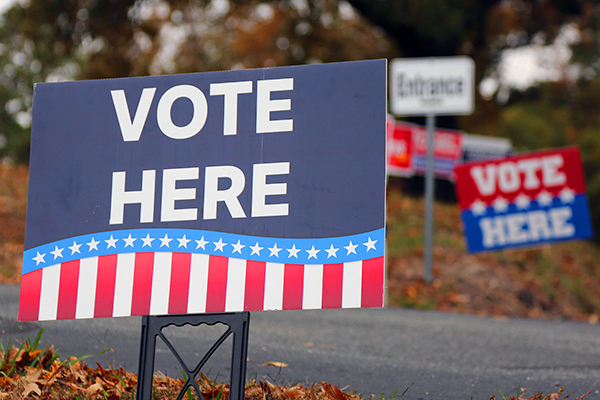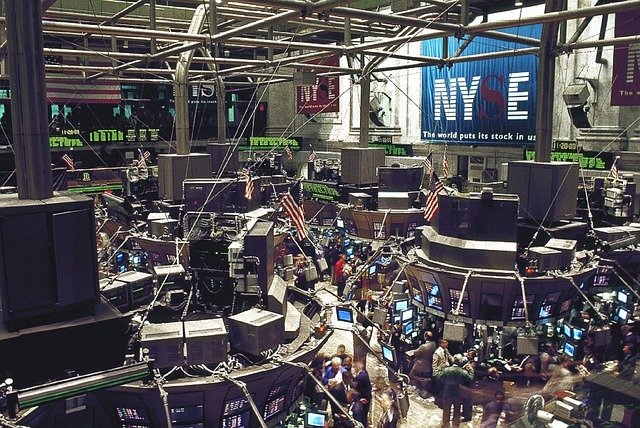“The trend is your friend.” This is an old saying regarding the market and momentum. Another is, “Don’t fight the Fed.” These two axioms seem to be heading toward an Old West standoff.
The major trends that continue to persist:
- Low volatility; the VIX, a common gauge of market volatility had its lowest close this quarter since December 1993, has closed below 10 for a record 10 days in a row and is flirting with an all-time low close in recent days. The stock market, as measured by the S&P 500 has not even experienced a 5% pullback in over a year, the longest period since 1995, and only the sixth time since 1950 it has gone longer than a year without at least a 5% drop (Barron’s 7/17/17).
- Global economic stability with slow growth; the German PMI, a measurement of the health of the manufacturing sector, hit its highest level in six years, and German industrial production was the highest ever this quarter. Europe as a whole seems to be finally recovering to the point of shallow growth, rather than wobbling on the line of recession. Here at home, economic data continues to reflect a Goldilocks environment of not too hot and not too cold.
- Political uncertainty: Ironically, the trend that continues is that very little is accomplished. The GOP experienced another setback in getting a repeal and replace health care bill passed. The latest resignation of a Presidential Staff Member occurred as Sean Spicer abruptly resigned (perhaps to Melissa McCarthy’s chagrin?). These events, of course, continue to produce doubt about the President’s ability to get to the important parts of his agenda such as tax reform and infrastructure spending. Tax reform is the most watched of President Trump’s goals. The market has adjusted to the fact we will not get anything in time to impact 2017. The question now is if it will happen in time for 2018. If we get to the end of the year without a new tax plan in place, the market may begin to (negatively) price in the fact we may not get any tax reform. Conversely, I would expect the GOP to make a big push in the first half of 2018 because otherwise they risk a big backlash in the midterm elections.
- The stock market continues to set record highs. Just in the past few days the S&P 500, NASDAQ, Dow Jones Industrial Average and Russell 2000 (small cap stocks) have all set new record closing highs. Additionally, the international indexes have also set new record highs.
- The disruption of technology and especially Amazon. Amazon (AMZN) continues to expand its sphere of control. This quarter it made an offer for Whole Foods, came to terms with Nike to offer its various footwear for sale on its site, and then recently agreed to terms with Sears to offer the Kenmore brand of appliances for sale. These deals caused significant market reactions in the stocks of grocery, retail, and home improvement sectors.
- Crude oil capacity continues to remain elevated as US production continues to balance whatever OPEC cuts. The Baker Hughes rig count was lower by 2 rigs in late June. This marked the end of the longest period of uninterrupted growth in 30 years. The rig count more than doubled since May (Investors’ Business Daily 6/30/17). It would seem downward pressure on oil prices will remain in place for a while, barring a political incident in the Middle East.
To address the second axiom regarding not fighting the Fed, have we finally come to the end of the era of global central bank stimulus? The Fed raised rates by a quarter point in June as expected, but also started to discuss how and when to begin reducing its bloated balance sheet. At this point the indications are it will be very gradually, beginning with tiny reductions in the amount of reinvestment of maturing securities, and then slowing increasing the amount of the reduction. The Bank of England hinted a rate hike may be on the table soon, and the European Central Bank has suggested the time to end its own version of QE is likely near (it already reduced the amount of the monthly purchasing last year). The triple effect of these announcements boosted interest rates in Europe and the US in June, although in the US there has been some retrenchment as the dollar has weakened in the face of stronger European growth.
The Fed has raised rates about 1% in the last 18 months. Historically when the Fed has raised rates, it has done so much quicker, usually a quarter point per meeting (usually every six weeks). Additionally, of course, they are raising from a level of essentially 0%. No one really knows if raising from 0% to 1% is going to be different than raising from say 5% to 6%. However, I do know that other than the past ten years, 1% would be considered incredibly low and stimulative. The “normalization” process is still in the works. Furthermore, the Fed also dramatically increased its balance sheet (the amount of US Treasuries, mortgage backed securities and others it owns) and now is signaling it will dial down that amount of debt owned. This is another matter lacking historical precedence. While many pundits seem to believe the Fed will crash the economy with these motions, a minority think that if the Fed’s actions did not really work that well to stimulate in the first place, removing said stimulus should not matter that much. Said another way, if it didn’t help on the way in, why should it hurt on the way out? The bottom line is no one knows.
We are addressing the trends in this manner: Volatility tends to move in cycles of roughly five years. We expect volatility to stay relatively mild for the rest of 2017 but then possibly start transitioning into a new cycle of higher volatility. We view the international markets as more attractive than the US markets, we are making sure all portfolios have sufficient exposure there. We are not trying to time politics. It is clearly almost impossible to do (remember how almost everyone thought the market would crash if Trump won) and whatever negatives have been priced in due to the failure of the GOP healthcare bill so far have been overwhelmed by the success of global economic growth and corporate earnings. We are enjoying the almost daily new highs, but are cautious as valuations in general do seem stretched. However, there are some attractive companies and sectors that have sold off that merit attention. Some of those very companies are the ones impacted by the AMZN moves. We are studying the retailers who seem to have a differentiator that helps protect them from being “Amazoned” out of business. Finally, the energy market looks attractive, but we are worried the price of oil has more downward pressure than up. The US is more than making up for whatever OPEC cuts in production and until we see inventories reduce significantly, we do not expect the price of oil to rise much. Even when it does the rig count immediately starts to rise again. We are looking for opportunities within these trends. Finally, to reiterate, a Fed funds rate of 1-1.25% is still stimulative in my book, and I think the fed will err on the side of caution and continued easy monetary policy. Therefore, it is not necessary to adjust portfolios for actions (or lack thereof) of the Fed.





